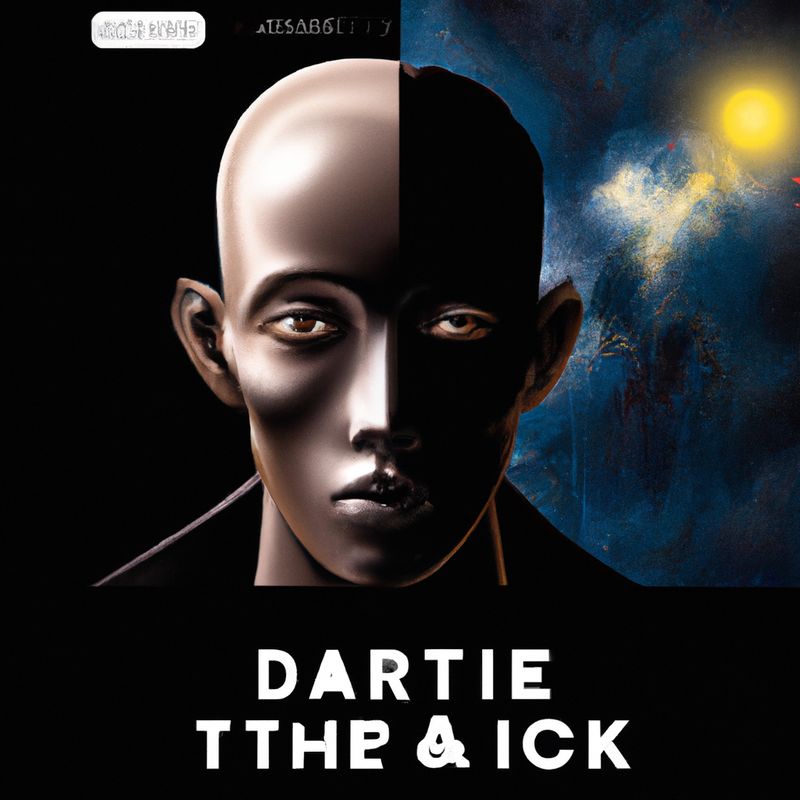The Best Chatbot Implementation for Cultural Exchange

Cultural exchange is an important part of human interaction. It allows us to share our experiences and perspectives with others, and to learn from one another. In today's world, it's becoming increasingly important to find ways to bridge cultural gaps and create meaningful connections. One way to do this is through the use of chatbots. Chatbots are computer programs that are designed to simulate conversation with humans. They can be used to facilitate cultural exchange by providing a platform for people from different backgrounds to interact and learn from one another.
What is a Chatbot?
A chatbot is a computer program that is designed to simulate conversation with humans. It is usually powered by artificial intelligence (AI) and natural language processing (NLP) technology. Chatbots are used in a variety of applications, including customer service, e-commerce, education, healthcare, and entertainment. They are also used for cultural exchange, as they can provide a platform for people from different backgrounds to interact and learn from one another.
Benefits of Using a Chatbot for Cultural Exchange
Chatbots offer many benefits when used for cultural exchange. For one, they are able to bridge language barriers. By using natural language processing technology, chatbots can understand and respond to messages in different languages. This makes it easier for people from different cultures to communicate with each other. Additionally, chatbots can provide personalized responses to users based on their individual preferences and interests. This helps to create a more personalized experience and encourages users to engage in meaningful conversations.
How to Choose the Best Chatbot for Cultural Exchange
When choosing the best chatbot for cultural exchange, there are a few key factors to consider. The first is the chatbot’s ability to understand and respond to messages in different languages. The second is the chatbot’s ability to provide personalized responses to users based on their individual preferences and interests. Finally, the chatbot should be able to facilitate meaningful conversations between users. It should be able to interpret and respond to user inputs in a way that encourages a deeper level of engagement.
Examples of the Best Chatbot Implementations for Cultural Exchange
There are a number of chatbot implementations that are well-suited for cultural exchange. For example, Google’s Allo chatbot is designed to understand and respond to messages in multiple languages. It also provides personalized responses to users based on their individual preferences and interests. Additionally, Allo is designed to facilitate meaningful conversations between users. Another example is Microsoft’s Cortana, which is designed to understand and respond to messages in multiple languages. It also provides personalized responses to users based on their individual preferences and interests. Finally, Facebook’s M chatbot is designed to facilitate meaningful conversations between users.
Conclusion
Chatbots are a great way to facilitate cultural exchange. They can bridge language barriers and provide personalized responses to users based on their individual preferences and interests. When choosing the best chatbot for cultural exchange, it is important to consider the chatbot’s ability to understand and respond to messages in different languages, as well as its ability to provide personalized responses to users. Examples of the best chatbot implementations for cultural exchange include Google’s Allo, Microsoft’s Cortana, and Facebook’s M chatbot.